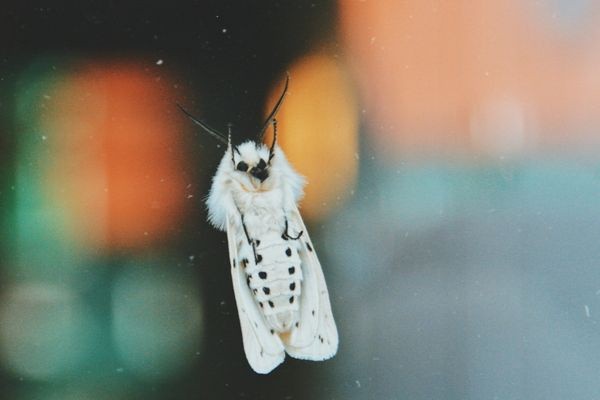A dramatic response to climate change is happening to moths specifically. In Borneo, there are findings that moths and tropical insects are getting smaller! Darwinism mandates the survival of the fittest, and this response is very marked in how hotter tropics are causing radical changes in local flora and fauna.
This was observed by Darwin, and he came up with the idea that species adapt to change in their environment. Many of these traits were transmitted to the offspring. Evidence of rising global temperature is one of the major stimuli that is causing these mutations. Many of these triggers include the climate, which caused physical changes in the local population.

Foreign researchers from the University of York did some investigating in Borneo's national parks. Here are some of the findings that shed light on how moths are adapting to it. An indication is a change in worldwide temperature, and the reduction of forested areas in Asia is another factor to consider. Increase deforestation has contributed to more carbon dioxide that is heating various parts of the globe. This is especially apparent in the tropics of Asia, which has a massive impact on animals and plants. The major adaptations of moths are their size. Such indicator is how big the wings are, in relation to the body. Reduction in size could mean that they don't need as much food, compared to a bigger body that needs more sustenance.
Another curious observation is this size change, as the moths are found in higher elevations in the jungles of Borneo. Also, those in lower parts of the mountains and forests have gotten smaller too. If drastic changes in body size continue, this will change the local ecosystems. Conversely, these factors will show adaptiveness may or may not lead to beneficial alterations that are yet to be seen!
Now, the reduction of the moth's size is another conundrum to consider. Researchers have concluded some hypothesis that points to a negative point. Smaller individuals will result in fewer eggs and reduce the number of moth populations in these affected areas!
Another point to ponder is that moths are food for other animals. The animals that eat them will not get enough energy, and will need to eat more of them! Eventually, low reproduction will be an imbalance. The size of this insect will have a significant impact on the food chain. Most of the changes weren't expected and may lead to dire consequences for the local ecosystem.
One of the researchers said insect populations are vulnerable to climate change, as is the local plants and vegetation. Changes at this rate and radical adaptions of moths are not expected to be favorable in the food chain. Climate change will always affect the local flora and fauna because of its unavoidability.
© 2025 ScienceTimes.com All rights reserved. Do not reproduce without permission. The window to the world of Science Times.












